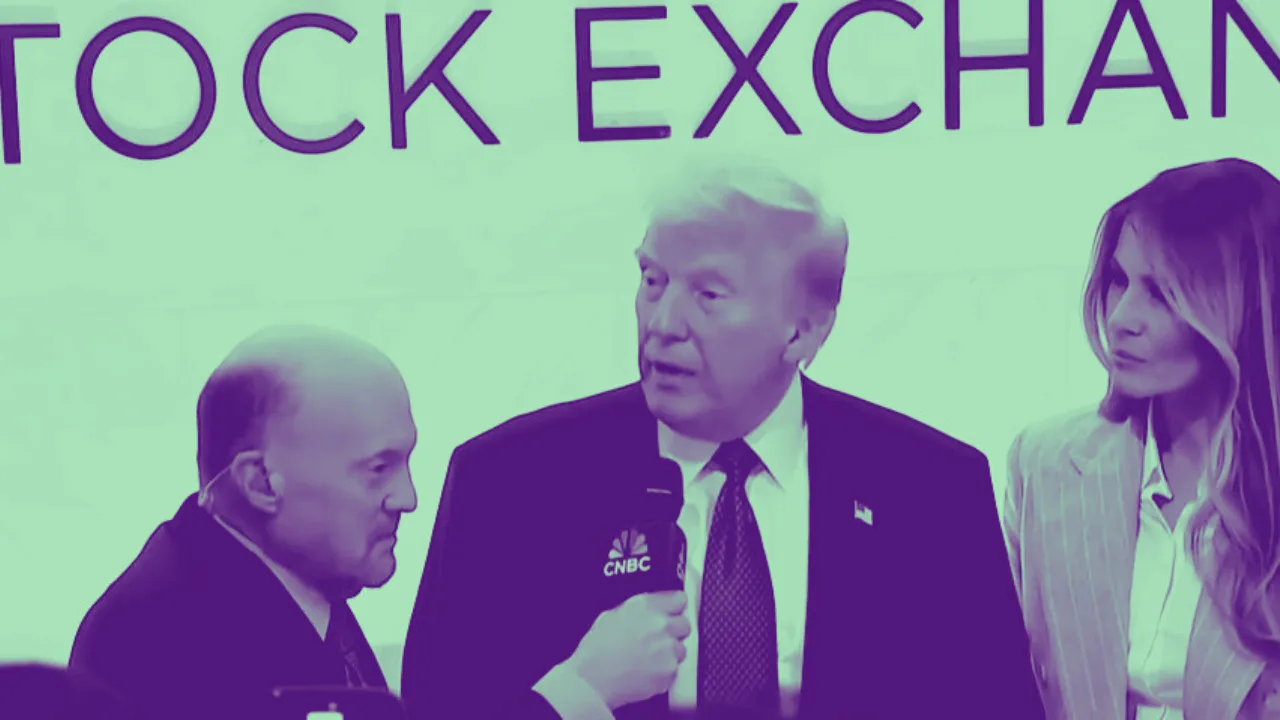A stop-loss order is an order that is placed with a broker to buy or sell a security automatically if the price of the security reaches a certain threshold. It is most commonly used by investors so that they can limit their losses and protect the capital that they have invested in a particular asset, thereby preventing large and unexpected losses caused by extreme price fluctuations and volatility.
Consider the case of an investor who purchased shares of Amazon (AMZN) at a price of $1,900 each. This investor would have a total investment of $10,000. In the event that the price of a share unexpectedly drops by 10%, or $190, to $1,710 per share, an investor has the option of placing a “stop-loss order,” which instructs their broker to automatically sell their position if the price continues to fall. In this scenario, the investor would place their stop-loss order at $1,700 per share in order to protect their position. When AMZN’s price falls below the threshold, the trader’s broker will immediately begin the process of selling all of the trader’s shares at the current market price. This process will continue until the trader no longer has any AMZN holdings.
Because stop-loss orders are typically carried out after the market has closed for the day, it is essential for investors to be aware that the stop-loss orders they use are not guaranteed (after 5pm EST). This is done so that the markets do not become oversaturated with trades that are trying to be sold at the same time, when there may be more buyers available later in the day or later in the week. The reason for this is so that the markets do not become oversaturated with trades that are trying to be sold at As a result, there is a possibility that the actual sale prices will differ from those that would have been anticipated if the transactions had been carried out in real time during the relevant market hours.
Understanding how stop-loss orders function and the kinds of circumstances for which they are ideally suited can help stock investors make successful trades at prices that satisfy their needs. In addition, investors are able to determine which course of action is the most appropriate when it comes to placing trades on particular securities by comparing the potential costs and risks associated with placing unprotected orders with those that are incurred as a result of using limit orders.





